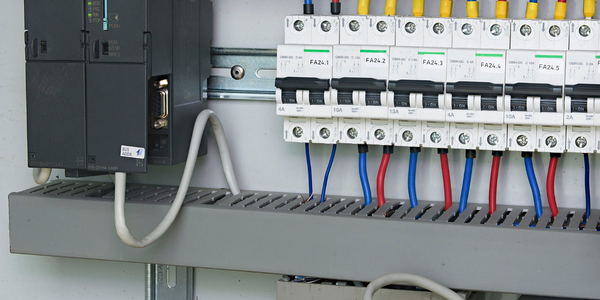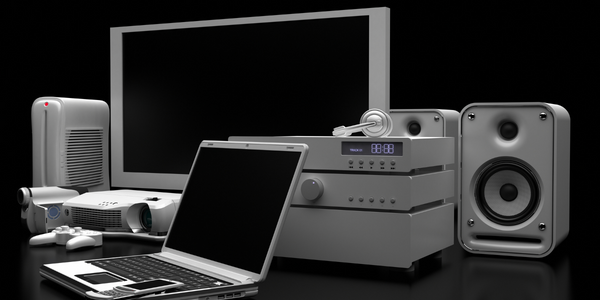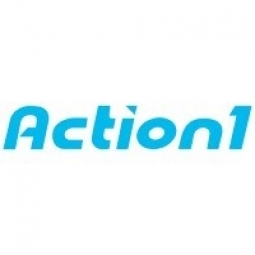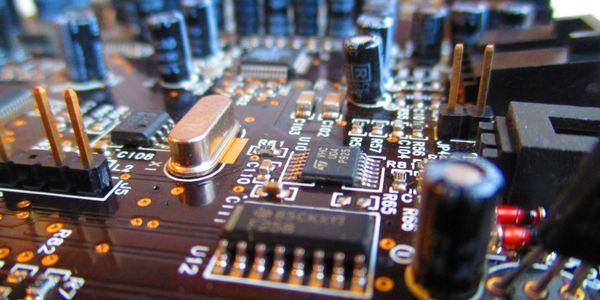Technology Category
- Cybersecurity & Privacy - Security Compliance
- Platform as a Service (PaaS) - Application Development Platforms
Applicable Industries
- Electronics
- National Security & Defense
Applicable Functions
- Maintenance
- Quality Assurance
Use Cases
- Leasing Finance Automation
- Tamper Detection
Services
- System Integration
About The Customer
Yonder is a technology partner that assists organizations in creating modern digital businesses. They develop meaningful solutions and offer innovation, modernization, DevOps, security, and consultancy services. Yonder is a subsidiary of Total Specific Solutions (TSS), which is part of Constellation Software Inc. (CSI). With over 300 employees, Yonder operates from three European offices in Romania and the Netherlands, and also allows its employees the flexibility to work from home. This dynamic and distributed workforce necessitates a robust and flexible IT infrastructure that can manage and secure endpoints regardless of their location.
The Challenge
Yonder, a technology partner that helps organizations create modern digital businesses, faced a significant challenge in managing its endpoints. With over 300 employees working from home or in one of its three European offices, the company's endpoints were unevenly and dynamically distributed. This made it difficult for the IT team to keep them updated with the latest security patches and manage them effectively. Their previous patching system, WSUS, required endpoints to be in the same network to deploy updates, which was not feasible with remote workers. This led to delays in patching critical vulnerabilities and put the organization at compliance risk, as timely software updates are required by regulations that Yonder has to adhere to. The IT team needed a new patch management solution that would work regardless of where their devices were located and provide visibility into all workstations.
The Solution
Yonder's IT team conducted POCs with multiple solutions and chose Action1. This solution was the only one that worked extremely well with off-site devices and had an easy and straightforward user interface. The cloud-native platform was easy to deploy and manage, and Action1's customer support was very responsive. With Action1, the IT team established automated patch management for OS and third-party software updates, maintaining strong security and ensuring compliance. They set up patching policies that met their organization's needs, updating the entire infrastructure in minutes. Action1 also provided complete visibility into their entire network, with real-time IT asset inventory reports and automated scripting capabilities. The IT team could promptly make modifications to all endpoints as needed and received alerts about security events. They also used Action1 to automatically configure new workstations and push software to them.
Operational Impact
Quantitative Benefit

Case Study missing?
Start adding your own!
Register with your work email and create a new case study profile for your business.
Related Case Studies.

Case Study
Remote Temperature Monitoring of Perishable Goods Saves Money
RMONI was facing temperature monitoring challenges in a cold chain business. A cold chain must be established and maintained to ensure goods have been properly refrigerated during every step of the process, making temperature monitoring a critical business function. Manual registration practice can be very costly, labor intensive and prone to mistakes.

Case Study
Predictive maintenance in Schneider Electric
Schneider Electric Le Vaudreuil factory in France is recognized by the World Economic Forum as one of the world’s top nine most advanced “lighthouse” sites, applying Fourth Industrial Revolution technologies at large scale. It was experiencing machine-health and unplanned downtime issues on a critical machine within their manufacturing process. They were looking for a solution that could easily leverage existing machine data feeds, be used by machine operators without requiring complex setup or extensive training, and with a fast return on investment.

Case Study
Cloud Solution for Energy Management Platform-Schneider Electric
Schneider Electric required a cloud solution for its energy management platform to manage high computational operations, which were essential for catering to client requirements. As the business involves storage and analysis of huge amounts of data, the company also needed a convenient and scalable storage solution to facilitate operations efficiently.

Case Study
Leveraging the IoT to Gain a Competitive Edge in International Competition
Many large manufacturers in and outside Japan are competing for larger market share in the same space, expecting a growing demand for projectors in the areas of entertainment, which requires glamor and strong visual performance as well as digital signage that can attract people’s attention. “It is becoming more and more difficult to differentiate ourselves with stand-alone hardware products,” says Kazuyuki Kitagawa, Director of Service & Support at Panasonic AVC Networks. “In order for Panasonic to grow market share and overall business, it is essential for us to develop solutions that deliver significant added value.” Panasonic believes projection failure and quality deterioration should never happen. This is what and has driven them to make their projectors IoT-enabled. More specifically, Panasonic has developed a system that collects data from projectors, visualizes detailed operational statuses, and predicts issues and address them before failure occurs. Their projectors are embedded with a variety of sensors that measure power supply, voltage, video input/ output signals, intake/exhaust air temperatures, cooling fan operations, and light bulb operating time. These sensors have been used to make the projector more intelligent, automatically suspending operation when the temperature rises excessively, and automatically switching light bulbs. Although this was a great first step, Panasonic projectors were still not equipped with any capability to send the data over a network.









